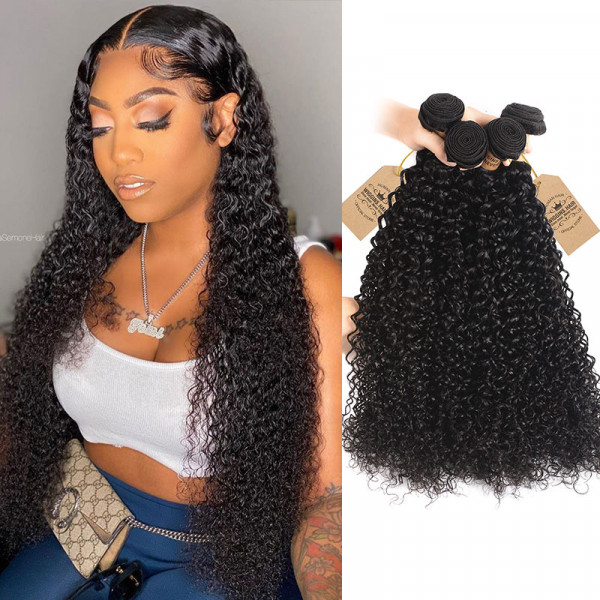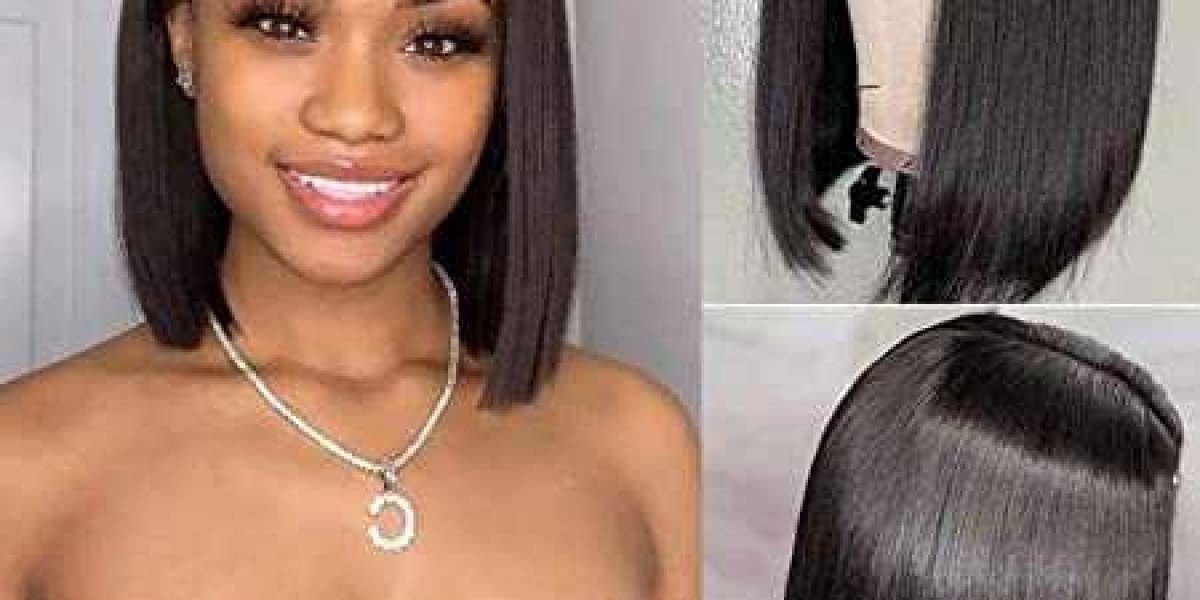It is correct. Andre Walker, a celebrity hair stylist, is credited with developing a classification system for hair that is still in use today and was used to define different types of hair in the 1990s.
Genetics play a significant role in determining hair type. If your grandma had waves in her hair, there is a good chance that you will inherit those waves. The shape of your hair follicle is another factor that goes into determining your hair type. If the follicles that produce your hair are symmetrical or round in shape, you will have straight hair. Your hair will have a wave or curl pattern if your follicles are asymmetrical or more oval in shape, respectively.
I'm curious, what kind of hair do you have? You can find out by reading through our guide.
TYPE 1: STRAIGHT HAIR
Straight hair has a natural tendency to be the most shiny but also the thinnest and least volumous of all the different types of hair. Because it does not have curls, oil moves much more quickly down the hair shaft from the scalp, which is why straight hair tends to have a greasier appearance than other types of hair.
1A: The first type of straight hair is distinguished by having a fine, soft texture, and it is one of the three types of straight hair. It has a tendency to be shiny and wispy, and it lacks volume.
This second type, 1B, is more manageable than the first type because it is somewhat thicker and has somewhat more volume than the first type.
1C: The third type of straight hair is one that is thicker than type 1B as well as having a texture that is more coarse.
TYPE 2: WAVY HAIR
The consistency of wavy hair is somewhere in between that of straight and curly hair, and it is typically thicker than straight hair. Additionally, it does not have an excessively oily or dry feel to it. The individual strands of hair are curled up in the shape of an "S."
2A: This type of hair has a gentle bend to it, similar to the way beach waves look. It's manageable, as long as you don't want any frizz, and it looks fine.
2B: The waves are more compact and have a slightly clearer outline. This type is more frizzy and has a thicker consistency than 2A.
2C: If you have this type of hair, you are aware that it has the appearance of curly hair. It is distinguished from the other two types of wavy hair by the presence of loose spiral curls and by its coarser and more substantial texture. Among the different types of wavy hair, it is also the most difficult to control frizz and to style.

TYPE 3: CURLY HAIR
The ringlets and spirals that make up curly hair can be loose or tight. It is possible for it to be dry, so you do not have to wash it every day; however, when it is washed, it will become straight when it is wet and will curl again when it is dry.
3A: This is the shiniest and finest curly hair type there is, and it has the biggest, loosest curls of any of the other curly hair types. It is also the easiest to manage, but it tends to frizz up easily.
3B is characterized by ringlets that have a springy appearance. The consistency is just right; it's neither too coarse nor too smooth.
3C means that the curls are a combination of loose and tight corkscrew curls. The consistency is not smooth but rather grainy.
TYPE 4: KINKY HAIR
This type of hair is also referred to as coily hair or very curly hair. These curls can either be made in the shape of an "S" or a "Z," and they are very clearly defined. It is the type of hair that is the most resistant to heat styling, but it is easily damaged. What is the best cut for someone with this face shape? Au naturale.
4A: Although it might look wiry, this hair has a smooth texture. The curls are compact, kinked, and have a high degree of definition.
4B: These kinks are most certainly in the shape of a "Z," and they are softer and more fragile than type 4A kinks. The curls may be less defined and may range in thickness depending on the individual.
4C: These "Z" shaped curls tend to have a shape similar to an afro because the curls are so tightly wound that they can almost appear straight.
HOW HAIR TYPE CAN CHANGE OVER TIME
It's possible that you are unaware of this fact, but your hair type can actually shift over time. If something like this happens to you or someone you know, you shouldn't freak out because it's perfectly normal. The following is a list of some of the most common causes:
Changes in hormone levels
You have overprocessed your hair.
Alterations of a major scale to both lifestyle and diet



